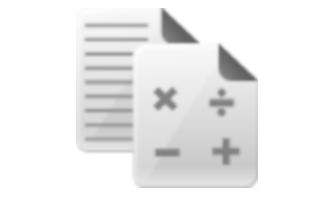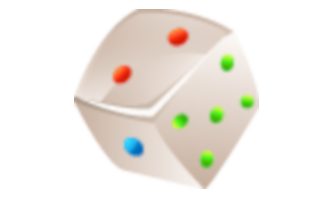Text Features
English Language Arts, Grade 5
Text Features
Study Guide

Text Features
Flash Cards

Text Features
Quiz

Text Features
Worksheets

Text Features
Games

Study Guide Text Features English Language Arts, Grade 5
❮
1
/
4
❯
TEXT FEATURES What are Text Features? A text that you are reading may include a map, chart, or graph. These are features of the text that help you understand the information in the text more clearly. You may also see a map, chart, or graph by itself too. For instance, you may see a map in a park, which you can read to help find where you are or figure out where you need to go. More about Maps A map is a representation of a section of land. It could be a map of the entire world or of a small park. A map has several features that make interpreting the information on a map easier to do: A compass (also known as a compass rose) shows the directions north, south, east, and west on a map. An index helps you locate specific places on a map, such as cities and streets. A scale on a map helps you measure distance between two places. For example, the scale may read that one inch = 50 miles on the map. A scale is needed on a map since maps can not be drawn to actual size. Maps often include symbols, pictures, to represent the features shown on maps. For example, a map may show a picture of a small tent to show where there is a campground on a map. A legend lists the symbols used on the map and tells us what each symbol represents. © Copyright NewPath Learning. All Rights Reserved. Permission is granted for the purchaser to print copies for non-commercial educational purposes only. Visit us at www.NewPathLearning.com.
Charts A chart is a visual representation of specific information. Charts are often used to show information in a simple fashion that makes it easy for readers to interpret information quickly. There are a variety of charts, such as: Pie Chart A pie chart shows how parts relate to a whole, just like all the pieces of a pie make up the whole pie. For example, you may use a pie graph to show what you bought with all of your allowance. The whole picture (or should we say pie) is your entire allowance; the pieces are the specific things you spent with your allowance. Flow Chart Flow charts have beginnings and often they have several possible outcomes. Flow charts usually represent a set of instructions that needs to be followed. Flow charts usually contain different boxes that each represent something different. © Copyright NewPath Learning. All Rights Reserved. Permission is granted for the purchaser to print copies for non-commercial educational purposes only. Visit us at www.NewPathLearning.com.
Graphs Graphs are also visual representations of specific information. They too are often used to show information in a simple way so that readers can easily and quickly interpret the graph’s information. There are a variety of types of graphs, such as the following graphs that are used often: Line graph A line graph is often used to show information that occurs over a period of time. For example, you may use a line graph to track the your time running a mile each day over a week’s time. Bar graph A bar graph is used to compare different groups. A bar graph uses…you guessed it…BARS to show specific information. © Copyright NewPath Learning. All Rights Reserved. Permission is granted for the purchaser to print copies for non-commercial educational purposes only. Visit us at www.NewPathLearning.com.
Pictograph A pictograph uses pictures to easily show specific information. It is important to look at the key on a pictograph, since the pictures may represent different types of content. Important tip: When creating your own graph, don’t forget the title! Don’t forget to label all the necessary parts of your graph too. © Copyright NewPath Learning. All Rights Reserved. Permission is granted for the purchaser to print copies for non-commercial educational purposes only. Visit us at www.NewPathLearning.com.
